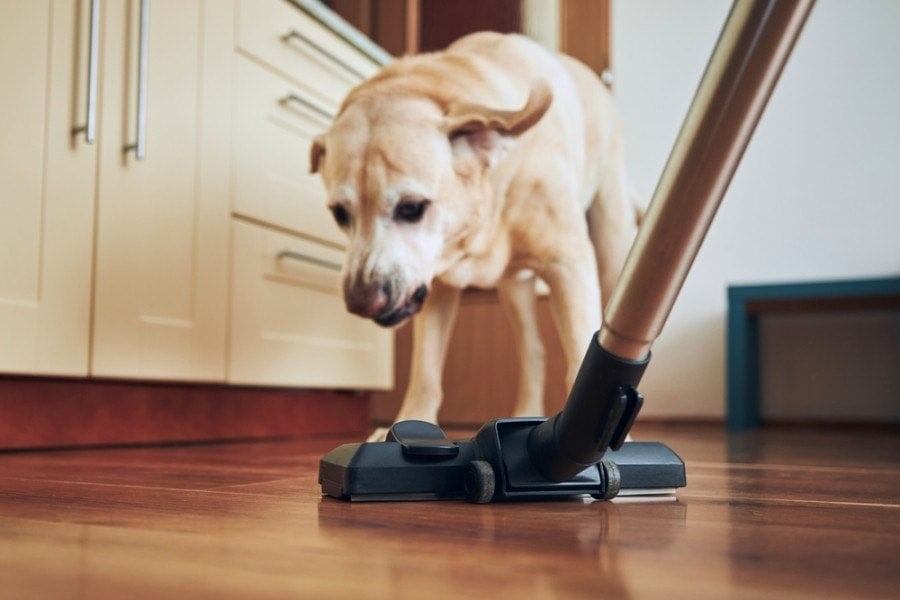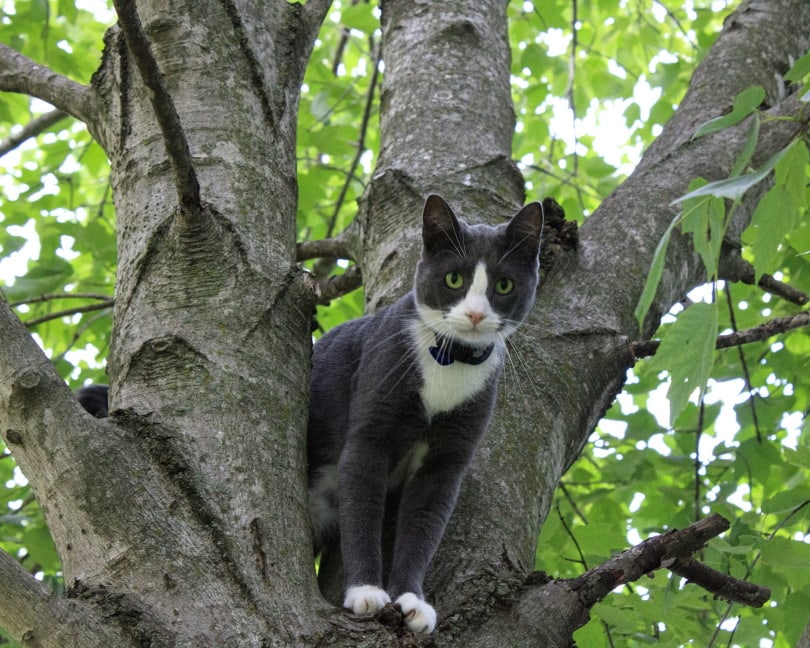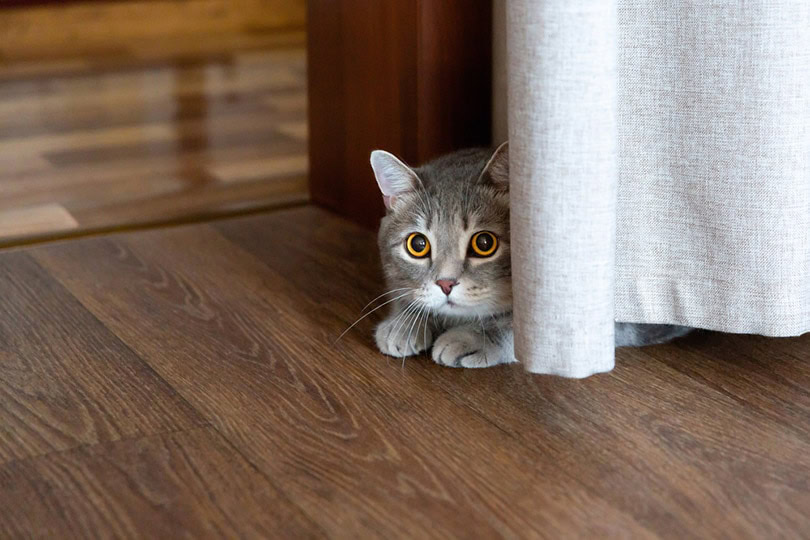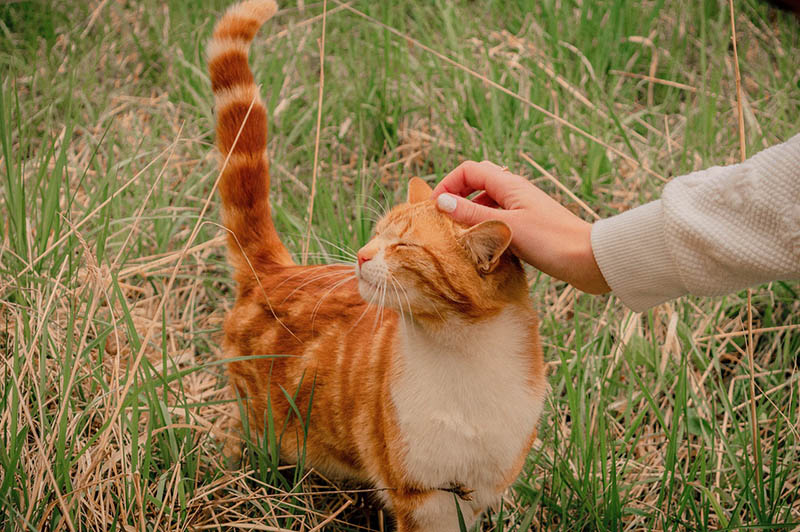VET APPROVED

The information is current and up-to-date in accordance with the latest veterinarian research.
Learn more »Click to Skip Ahead
Sometimes, your furry friend doesn’t understand things that are normal and everyday to us. For example, when you drop something, it makes a loud crash, and they run for their lives. They don’t know what happened and some may immediately jump into their fight-or-flight response. With animals, this reaction is instinctive and allows them to be ready for an unexpected conflict or to run away promptly.
This can happen when you start your vacuum. Your dog gets startled by a sudden and loud noise, and they may flee and hide, or try to attack the vacuum. So, why does this happen? Let’s explore some potential reasons.

The 5 Possible Reasons Dogs Bark at Vacuums
1. They’re Scared of Sudden and Loud Noises
Your dog might react in fear to a vacuum because it makes unexpected and loud noises. It’s not something they like, and no matter how many times you use it, they keep running away. It’s also often not something you use every day, but rather a few times a week, and they may not see it coming. You might notice your dog reacting by running to a different room. Some dogs may shake and hide under the bed, looking subdued and visibly scared. Maybe your dog experienced something traumatic with a loud noise that caused this reaction. Other dogs will not react at all and may continue with their day, as long as the vacuum doesn’t come too close to them.
Besides the loud and scary noise, the sudden appearance of a vacuum moving up and down the room can seem threatening to many dogs that haven’t gotten used to it from an early age.
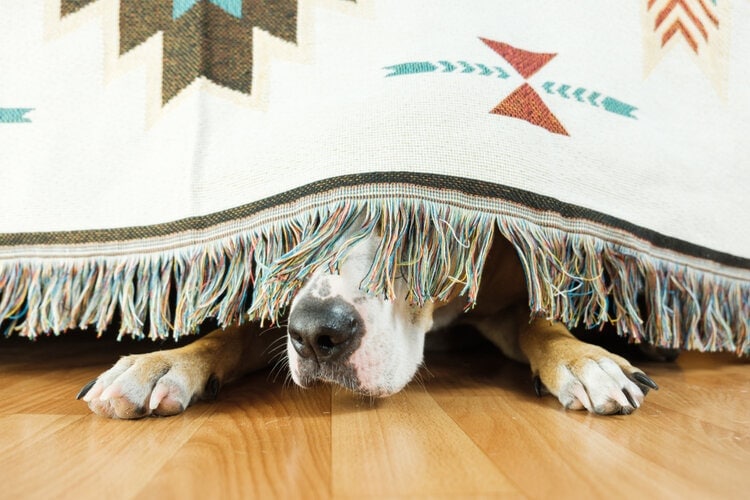
2. They’re Protecting Themselves or You
There is also the case where dogs might see a vacuum as something big, loud, and scary. They don’t understand that you’re just cleaning. They see a large contraption that’s bigger than them (well, sometimes), and it’s moving toward them in an unexpected manner—they don’t know whether to attack or run.
Dogs might see this as a threat to themselves or to their owners, or their territory. As much as we know that dogs are a man’s best friend, this isn’t too surprising. You might see them lunge toward the vacuum, swat at it, growl, or flat-out attack it. They usually think they’re helping.
3. They’re Fearful
Some dogs may have a fearful personality overall and may be more easily scared than others. This is often due to a lack of early socialization and exposure to various environments and situations when they were a puppy. They may have also experienced a scary event during the first 12 weeks of their life, or later on, from 6-12 months of age, as they passed the two periods when fear may become imprinted on them. Rescue dogs are more often scared of loud and sudden noises, as they aren’t used to things that happen in a household every day. If your dog is fearful or suffering from anxiety, speak to your veterinarian or a canine behaviorist.

4. Vacuums Look and Smell Strange
Something that was touched on a bit earlier is that vacuums are strange and new things to dogs. Especially because there are so many different brands, sizes, shapes, and levels of noise, and they tend to move suddenly and unexpectedly. Also, think about how many times you buy a new vacuum throughout a dog’s lifetime. It’s difficult for them to get used to something that might change frequently or only be taken out occasionally.
Dogs use their sense of smell to recognize different things. Usually, they will smell a person and recognize them. With a vacuum, you can only imagine the myriad of different smells that come about!
5. You’ve Accidentally Encouraged the Behavior
It’s a normal response to react by laughing or giving your dog a pat when they do something silly. Pets are funny creatures who surprise us all the time with their weird little antics and reactions to different situations. We bet you’ve seen all those internet videos.
You might laugh or pet them after they react negatively to your vacuum. Usually, there is no bad intention behind an owner doing this to their dog or puppy, but these reactions can encourage them to do it again because they know it’ll get your attention. Remember that dogs are creatures who learn from their owners’ reactions to different behaviors. Try some other ways to calm and reassure them or show them not to be scared by introducing them slowly to your vacuum when it’s turned off. This type of desensitisation may take some time, and if conducted gradually and with a lot of patience, will result in the dog not reacting as badly to a vacuum. For very scared dogs, it’s important to give them a safe and quiet place they can withdraw to while you’re vacuuming.
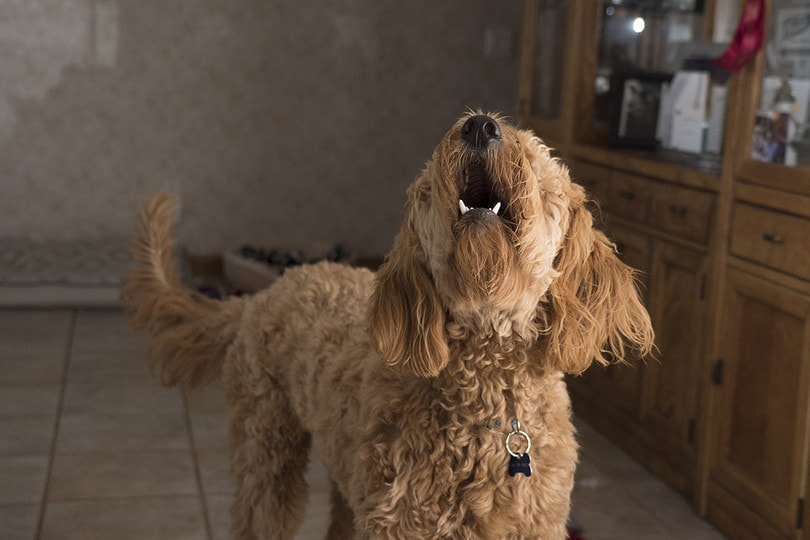

Help Your Dog Not Fear Your Vacuum
There are a few different methods to keep your dog from being scared and stressed out when they see you take your vacuum out of the closet. The best way is to leave the vacuum turned off and let them explore the vacuum while it’s turned off. Maybe even move it around a bit to let them see that it moving is not a threat. Reward them with a treat for being calm and not barking while the vacuum is turned off. This step may take a few weeks to be successful.
Gradually decrease the distance between the dog and the vacuum as long as they are comfortable and have a relaxed body language. You want to reinforce the relaxed behavior using treats and praise so they start associating the presence of a vacuum with goodies. After this, slowly move the vacuum while it’s still turned off, in order to imitate its usual movements, but do not come too close to the dog, to avoid appearing threatening.
Then, after they have accepted the presence of a moving but turned off vacuum without any signs of stress, gradually turn the vacuum on for a little while, starting off in a different room. If they bark, don’t react in any way. Just turn it off, calm your dog down, and repeat the process by moving the vacuum further away in the home. Ask someone to help you with this, so you can stay with the dog and reward them when they don’t react to the distant noise.
When this has been successful, start slowly moving the vacuum closer to the room where the dog is until they are comfortable being in the same room with the vacuum on. Reward them with a treat for being calm and relaxed, or take a step back if they get scared. Repeat this process gradually and patiently many times, and most dogs will eventually get used to the vacuum being on.

Conclusion
If your dog barks at the vacuum, it’s important to use positive reinforcement and training, giving them treats or reassuring them, so they can first get used to the sight of a turned off vacuum, before proceeding with desensitization to its noise and movement. Don’t encourage them to react aggressively or fearfully by laughing or yelling; instead, invest some time to teach them the vacuum is not a threat, and remember that it isn’t the end of the world! You can help them get used to it eventually, and the time it takes will depend on your dog’s personality and early socialization experiences. Speak to your vet or a behaviorist for advice, and ensure your dog has a safe hiding spot in the meantime, away from the vacuum’s noise.
Featured Image Credit: jaromir chalabala, Shutterstock
